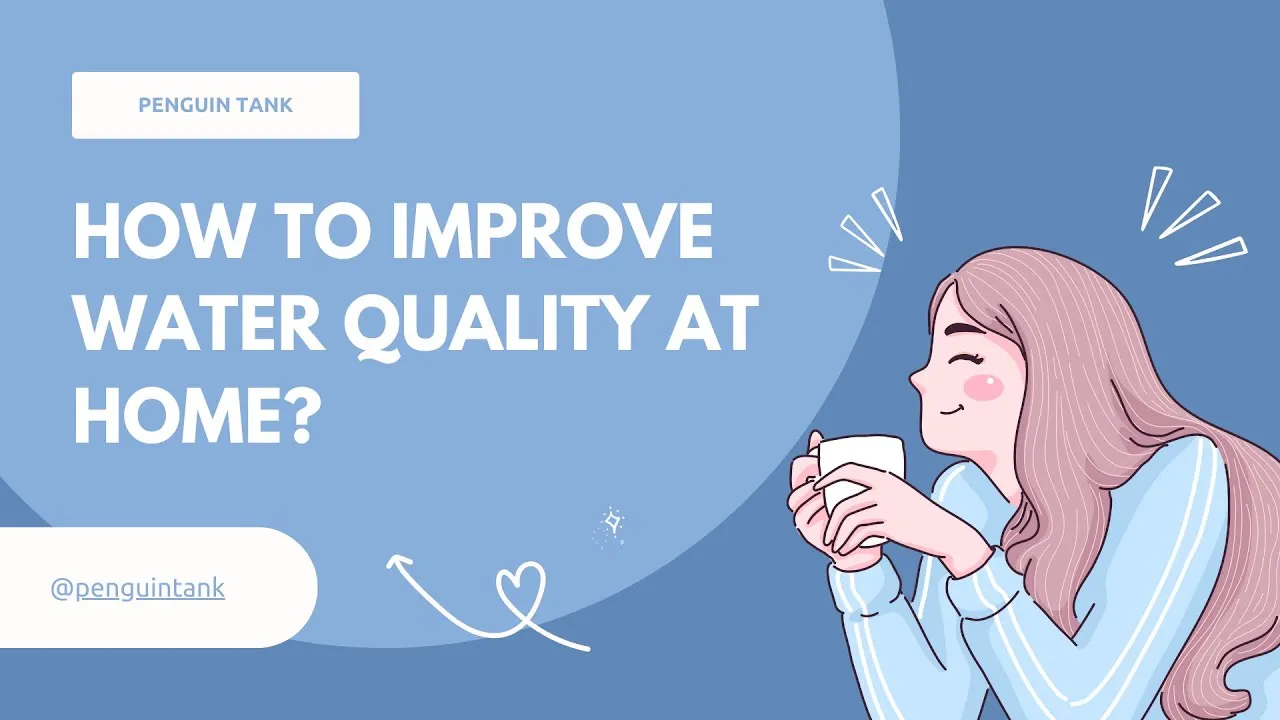Simple and Cheap Ways to Improve Water Quality in Your Community
Water quality is essential for the health and well-being of communities. Poor water quality can lead to a range of health issues, including gastrointestinal problems, skin infections, and even more severe conditions like cancer. Improving water quality doesn’t have to be costly or complicated. There are simple and affordable ways to make a positive impact on the water quality in your community.
1. Proper Waste Disposal
One of the most significant contributors to water pollution is improper waste disposal. Trash and chemicals can easily find their way into water sources, contaminating them and affecting both humans and wildlife. Encourage proper waste disposal practices in your community by organizing clean-up events, providing information on recycling and composting, and implementing waste management programs.
2. Rainwater Harvesting
Rainwater harvesting is a simple and cost-effective way to improve water quality in your community. By collecting rainwater, you can reduce the amount of runoff that carries pollutants into water sources. Rainwater can be used for watering plants, washing cars, and even flushing toilets, reducing the demand for treated water and lowering water bills.
3. Planting Trees and Vegetation
Trees and vegetation play a crucial role in maintaining water quality. They help absorb pollutants, prevent erosion, and filter out contaminants before they reach water sources. Encourage tree planting and green infrastructure projects in your community to improve water quality and enhance the overall environment.
4. Properly Maintain Septic Systems
Improperly maintained septic systems can leak harmful bacteria and chemicals into groundwater, contaminating drinking water sources. Ensure that septic systems in your community are regularly inspected and maintained to prevent water pollution. Educate residents on proper septic system maintenance practices to protect water quality.
5. Reduce the Use of Chemicals
Chemicals from household products, pesticides, and fertilizers can seep into water sources, causing contamination. Encourage residents to reduce their use of chemicals by opting for eco-friendly alternatives, using natural pest control methods, and minimizing fertilizer use. By reducing chemical contamination, you can help improve water quality in your community.
6. Implement Green Infrastructure Projects
Green infrastructure projects, such as rain gardens, permeable pavement, and bioswales, can help manage stormwater and reduce pollution in water sources. These projects mimic natural processes and help filter out pollutants before they reach water bodies. Work with local authorities to implement green infrastructure projects in your community to improve water quality.
7. Educate and Raise Awareness
Educating residents and raising awareness about the importance of water quality can lead to positive change in your community. Organize workshops, seminars, and campaigns to inform residents about the impact of water pollution and the simple steps they can take to improve water quality. By empowering residents with knowledge, you can create a more environmentally conscious community.
8. Monitor Water Quality
Regular monitoring of water quality is essential to identify pollution sources and track improvements. Work with local authorities, environmental organizations, or community groups to establish water quality monitoring programs in your community. By keeping track of water quality data, you can take proactive measures to address pollution and protect water sources.
Conclusion
Improving water quality in your community doesn’t have to be complicated or expensive. By implementing simple and affordable measures like proper waste disposal, rainwater harvesting, tree planting, and reducing chemical use, you can make a positive impact on water quality. Educating residents, implementing green infrastructure projects, and monitoring water quality are also crucial steps to protect water sources and promote a healthy environment. Together, we can work towards a cleaner and safer water supply for future generations.
#Simple #Cheap #Ways #Improve #Water #Quality #Community

